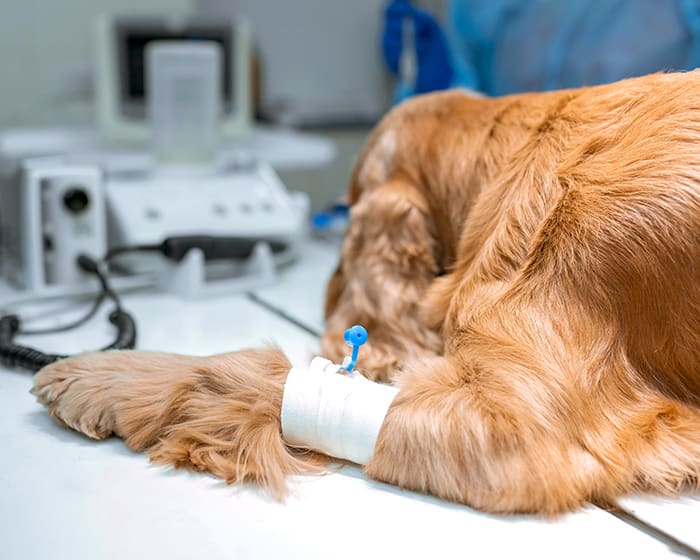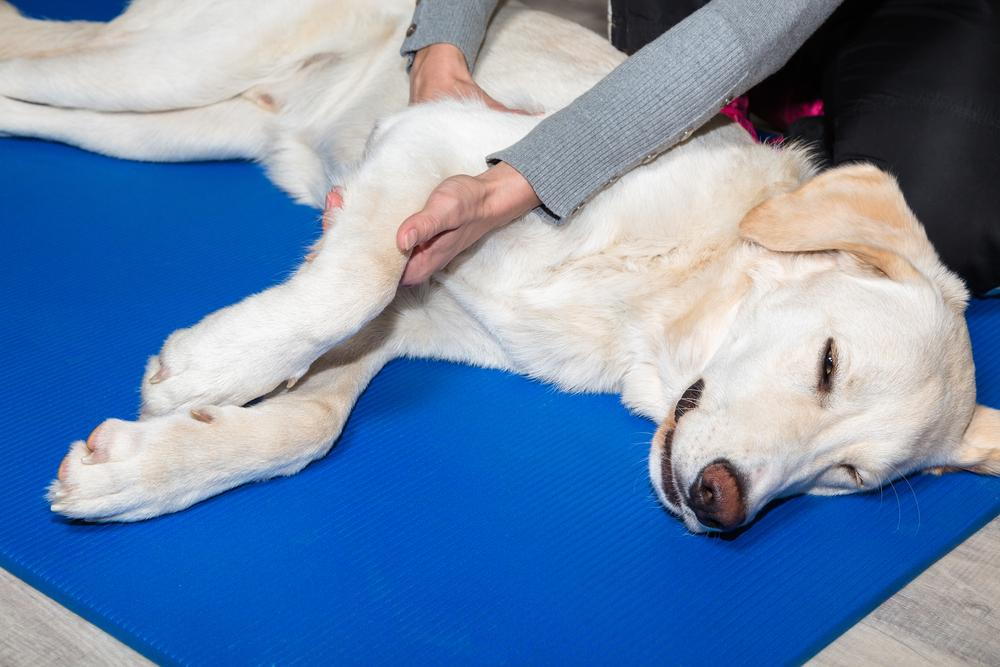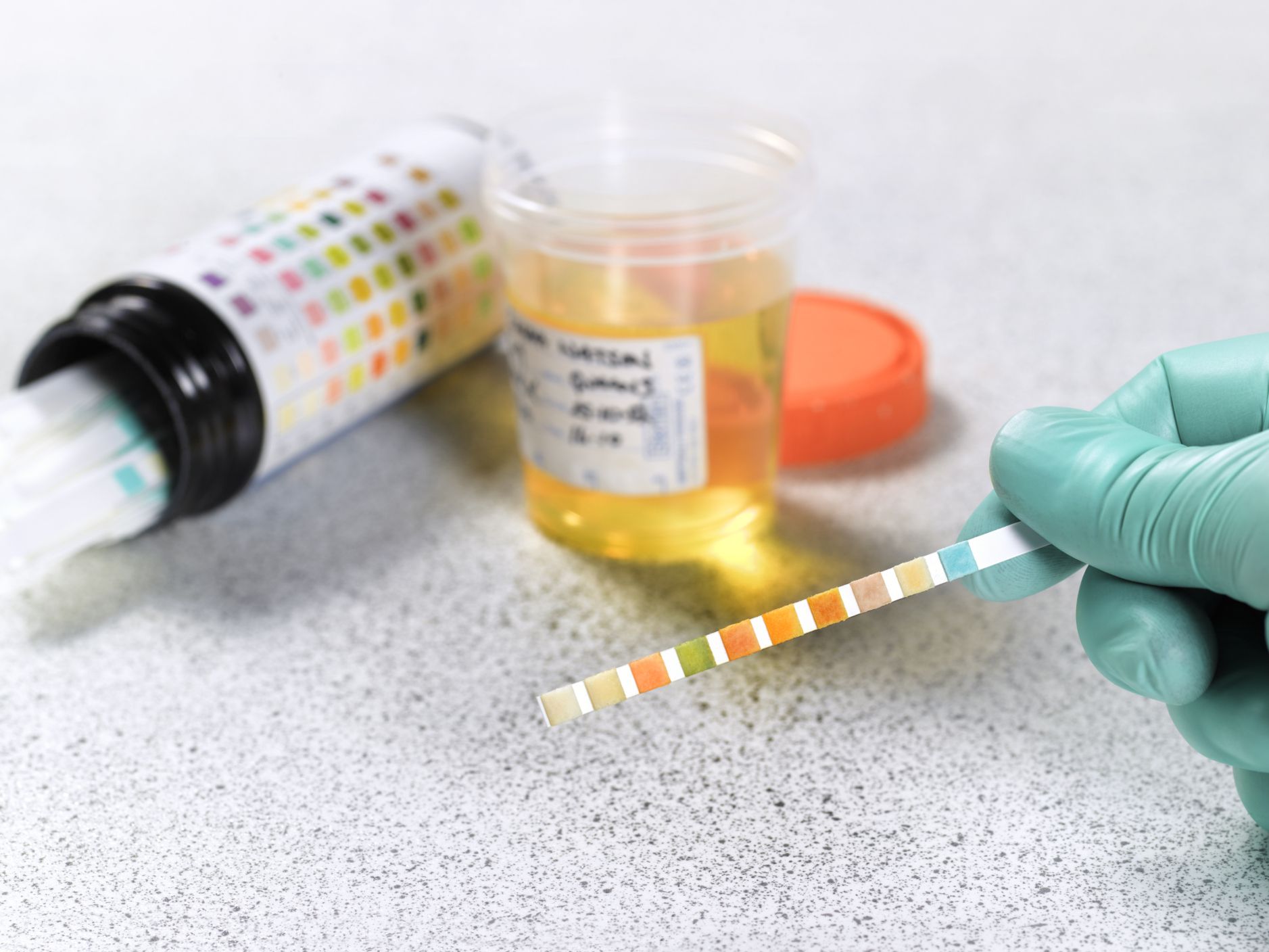As a pet owner, it can be distressing to learn that your furry friend requires surgery. Cystotomy, a surgical procedure to remove bladder stones or other abnormalities, is a common operation performed on pets. As a concerned pet owner in Woodbridge, ON, it’s essential to seek expert veterinary care from a trusted animal hospital. The experienced veterinarians and medical team at the animal hospital in Woodbridge, ON, provide compassionate and specialized care for pets requiring cystotomy surgery.
What is Cystotomy?
Cystotomy is a surgical procedure performed on pets to access the bladder and remove bladder stones, tumors, or other abnormalities causing urinary tract issues. During a cystotomy, a veterinarian makes an incision in the abdomen and bladder to visualize the interior of the bladder, allowing for the removal of obstructive materials or lesions. Cystotomy can be performed as an emergency procedure to relieve urinary obstruction or as an elective surgery to prevent future complications.
Why is Cystotomy Performed in Pets?
Cystotomy is performed in pets for various reasons, including:
Medical Indications
- Bladder Stones: Removal of stones causing urinary obstruction or recurrent infections.
- Bladder Tumors: Excision of benign or malignant tumors.
- Urinary Tract Infections (UTIs): Persistent or recurrent infections.
- Blood in Urine (Hematuria): Investigation and treatment.
- Urinary Obstruction: Relief of blockages.
Emergency Situations
- Urinary Retention: Inability to urinate due to obstruction.
- Severe Hematuria: Excessive bleeding.
- Sepsis: Life-threatening infection.
Diagnostic Purposes
- Biopsy: Collection of tissue samples for histopathological examination.
- Exploration: Investigation of bladder abnormalities.
Therapeutic Interventions
- Removal of Foreign Bodies: Objects lodged in the bladder.
- Repair of Bladder Rupture: Surgical repair.
- Correction of Urinary Incontinence: Surgical intervention.
Common Conditions
- Urethral Obstruction
- Prostatic Disease
- Bladder Neck Masses
- Feline Lower Urinary Tract Disease (FLUTD)
- Canine Lower Urinary Tract Disease (CLUTD)
Pre-Surgical Preparation For Cystotomy in Pets
Before undergoing cystotomy surgery, your pet will require pre-surgical preparation to ensure a safe and successful procedure. This typically includes:
- Complete medical history and physical examination
- Blood tests (CBC, biochemistry profile) and urinalysis
- Imaging studies (X-rays, ultrasound, or CT scans) to evaluate bladder stones or tumors
- Fasting and withholding fluids as instructed
- Stopping medications that may interfere with surgery (e.g., blood thinners)
- Pre-anesthetic testing (e.g., ECG, blood pressure)
- Discussion of anesthesia options and risks with your veterinarian
The Cystotomy Procedure For Pet
Here’s an overview of the cystotomy procedure for pets:
Step 1: Anesthesia and Preparation
- General anesthesia to ensure comfort and safety
- Placement of intravenous catheter for fluid administration
- Monitoring of vital signs (heart rate, blood pressure, oxygenation)
Step 2: Surgical Approach
- Abdominal incision to access the bladder
- Retraction of surrounding tissues to visualize the bladder.
Step 3: Bladder Incision and Exploration
- An incision in the bladder to remove stones, tumors, or foreign bodies
- Exploration of the bladder interior to identify abnormalities
Step 4: Removal of Abnormalities
- Removal of bladder stones, tumors, or foreign bodies
- Biopsy of suspicious tissue for histopathological examination
Step 5: Closure
- Closure of the bladder incision
- Closure of the abdominal incision
Step 6: Recovery
- Post-anesthesia monitoring
- Pain management and administration of analgesics
- Hospitalization for observation and care

Caring For Your Pet After Cystotomy
After cystotomy surgery, your pet requires careful attention to ensure a smooth recovery. Follow your veterinarian’s instructions for:
Immediate Post-Surgery (First 7-10 days)
- Restrict activity to prevent strenuous exercise.
- Monitor for signs of infection (redness, swelling, discharge)
- Administer pain medication and antibiotics as directed
- Provide a comfortable, quiet environment
- Offer a bland diet and plenty of water
Short-Term Recovery (2-4 weeks)
- Gradually increase exercise and activity levels.
- Continue medication and follow-up appointments
- Monitor for urinary issues (incontinence, straining)
- Keep the incision site clean and dry
Cystotomy is a common surgical procedure in pets, aiming to alleviate bladder-related issues. Understanding the procedure, recovery, and potential complications can help pet owners navigate this challenging time. By following veterinary guidance and providing proper care, your pet can recover smoothly and regain optimal health.



